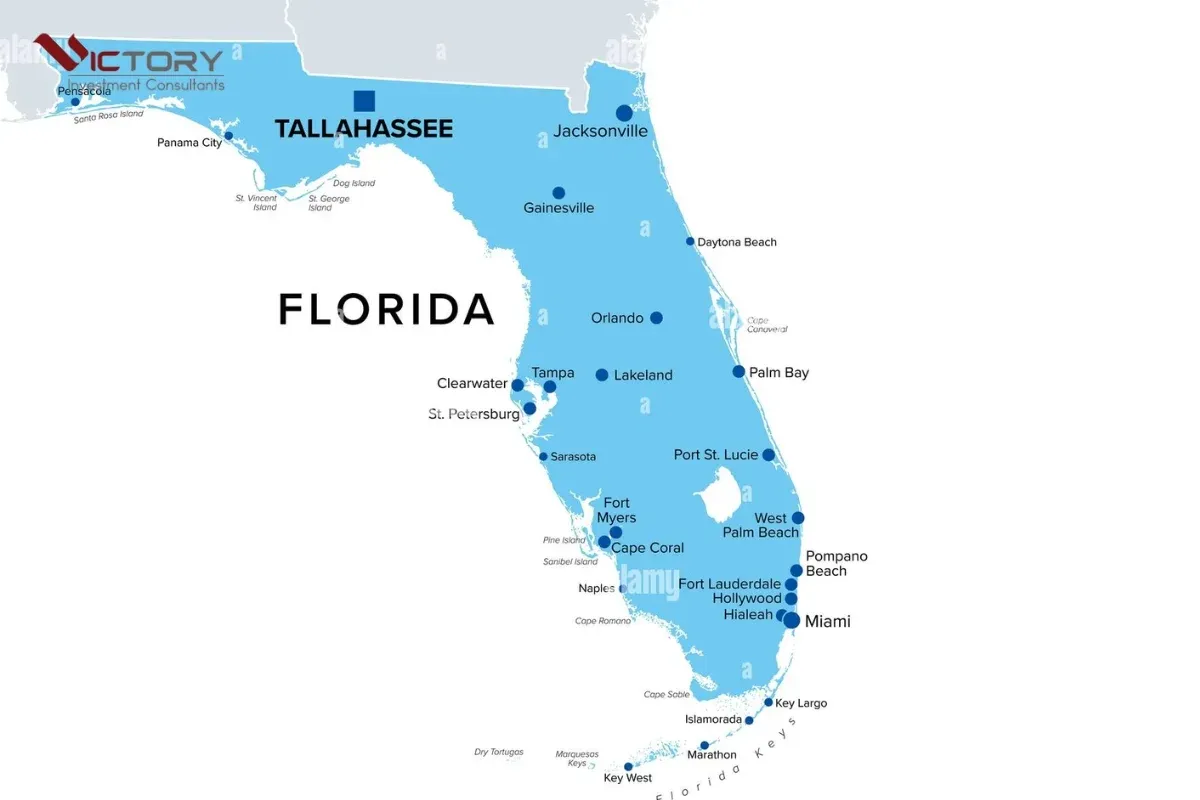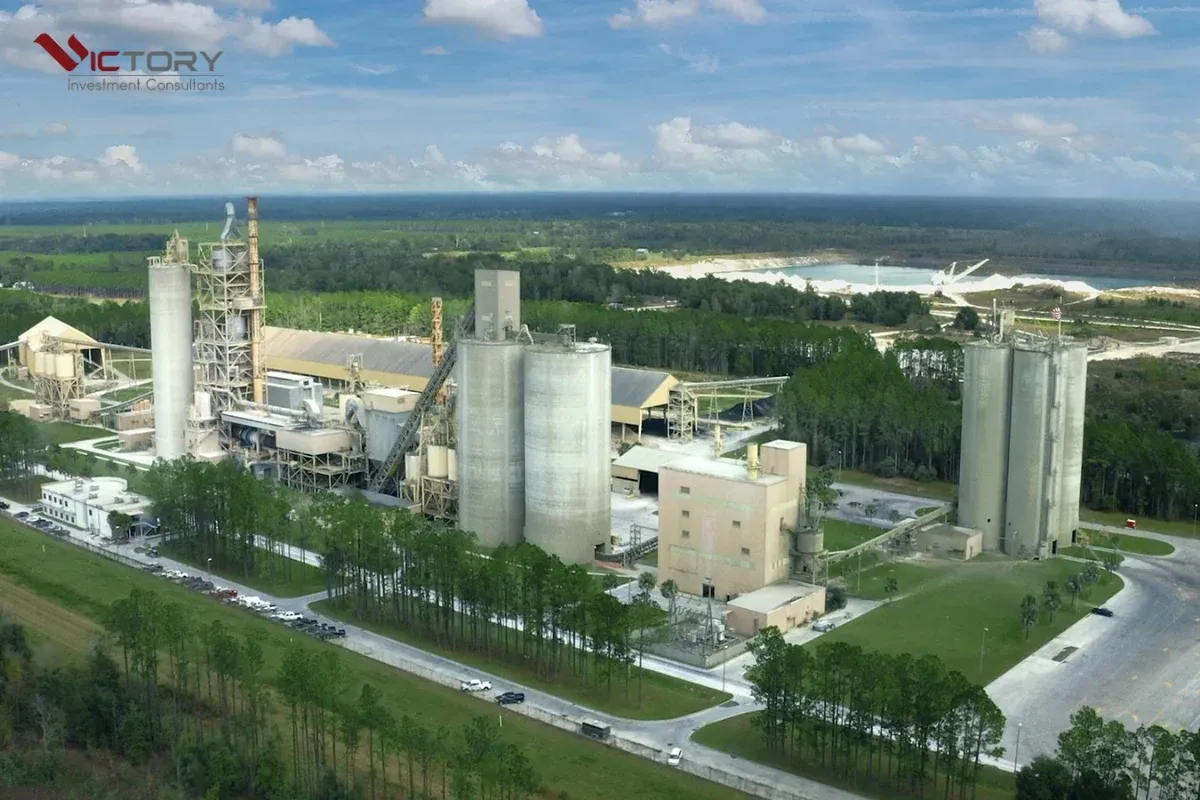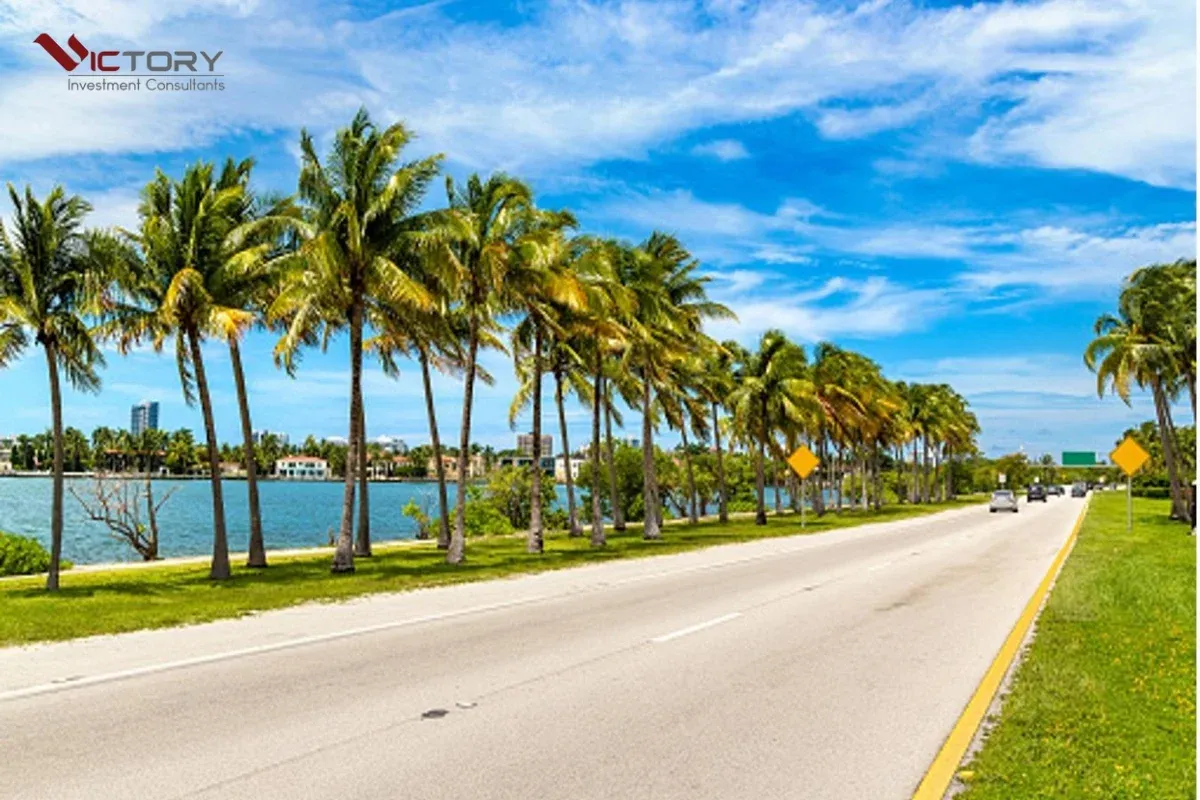Florida, with its expansive coastline and warm climate, is not only a famous tourist destination but also a “promised land” for immigrants from all over the world. Over centuries, the convergence of cultures has created a rich and diverse historical tapestry. Are you ready to explore these unique imprints?
Exploring Florida’s Immigrant History: A Journey Through Time
Florida, with its strategic geographical location and mild climate, has long been an attractive destination for immigrants from around the globe. Exploring their history is not just about understanding their hardships and challenges, but also about celebrating the significant contributions they have made to the development of this state.
Early Imprints: The Spanish and the Beginning of Colonialism
The history of immigration in Florida began in the 16th century with the arrival of the Spanish. Juan Ponce de León, a Spanish explorer, set foot on this land in 1513 and named it “La Florida.”

The Spanish journey was not just about simple exploration, but also the beginning of colonization, bringing profound changes in culture, religion, and economy. They built cities like St. Augustine, the oldest continuously inhabited European-established settlement in the United States, and left clear influences in architecture, language, and cuisine.
19th Century Immigration Wave: Europe and Agricultural Transformation
The 19th century witnessed a strong wave of immigration from Europe, particularly from countries such as Germany, Ireland, and Italy. These immigrants played a crucial role in developing Florida’s agriculture, especially in growing oranges and other fruits. They brought new farming techniques, helping to transform Florida into one of the leading agricultural producing regions in the United States.
20th Century: Diversity from the Caribbean and Latin America
The 20th century saw a significant increase in the number of immigrants from the Caribbean and Latin America, especially from Cuba, Haiti, and Central American countries.

The Cuban Revolution in 1959 led to a large wave of Cuban migrants to Florida, especially to Miami. The Cuban community in Miami created a vibrant “Little Havana,” bringing distinctive cultural features, from music and cuisine to art and architecture.
Exploring History Through Locations:
- St. Augustine: Visit the oldest city in the United States to admire Spanish colonial architecture and learn about the lives of the early settlers.
- Little Havana (Miami): Immerse yourself in the vibrant atmosphere of the Cuban neighborhood, enjoy distinctive cuisine, listen to salsa music, and learn about the history of Cuban migration.
- Ybor City (Tampa): Explore this historic neighborhood, once the cigar manufacturing capital of the world, and learn about the lives of immigrants from Cuba, Spain, and Italy.
- HistoryMiami Museum: Learn about the diverse history of Miami and Florida through exhibits on immigrants and various cultural communities.
Cuisine: Flavors of Cultural Fusion
Florida’s cuisine is a unique blend of flavors from around the world. From the famous “Cuban sandwich” of Miami to fresh seafood dishes with Caribbean influences, Florida’s cuisine is an integral part of exploring the history and culture of immigrants.

Music and Art: Voices of the Community
Music and art play an important role in expressing the cultural identity and history of immigrants in Florida. From lively salsa rhythms to colorful murals, art is a powerful medium for conveying the stories and experiences of different communities.
Challenges and Successes
The history of immigration in Florida is not only a story of success and integration, but also of challenges and difficulties. From facing discrimination to overcoming language and cultural barriers, immigrants have worked hard to build new lives and contribute to society.

The Future of Diversity
Today, Florida continues to be an attractive destination for immigrants from around the world. This cultural diversity is a valuable resource, bringing creativity, innovation, and richness to society. Respecting and preserving the history of immigrants is crucial to building an inclusive and prosperous future for everyone.
Important Notes When Exploring
- Information sources: Always verify the authenticity of information from various sources, including books, newspapers, reputable websites, and historical research organizations.
- Multiple perspectives: Learn about history from different angles, including the perspectives of immigrants and those who lived in Florida before.
- Cultural sensitivity: Always respect cultural differences and avoid making biased comments or judgments.
Conclusion:
Exploring the history of immigrants in Florida is an exciting and meaningful journey, helping us better understand cultural diversity and their significant contributions to the development of this state. Take the time to learn about these stories, to honor the past and build a better future for all.
Florida is not just a beautiful state with wonderful beaches, but also a vibrant portrait of the convergence of cultures. Let’s explore and cherish the values that immigrants have brought to the “Sunshine State.”